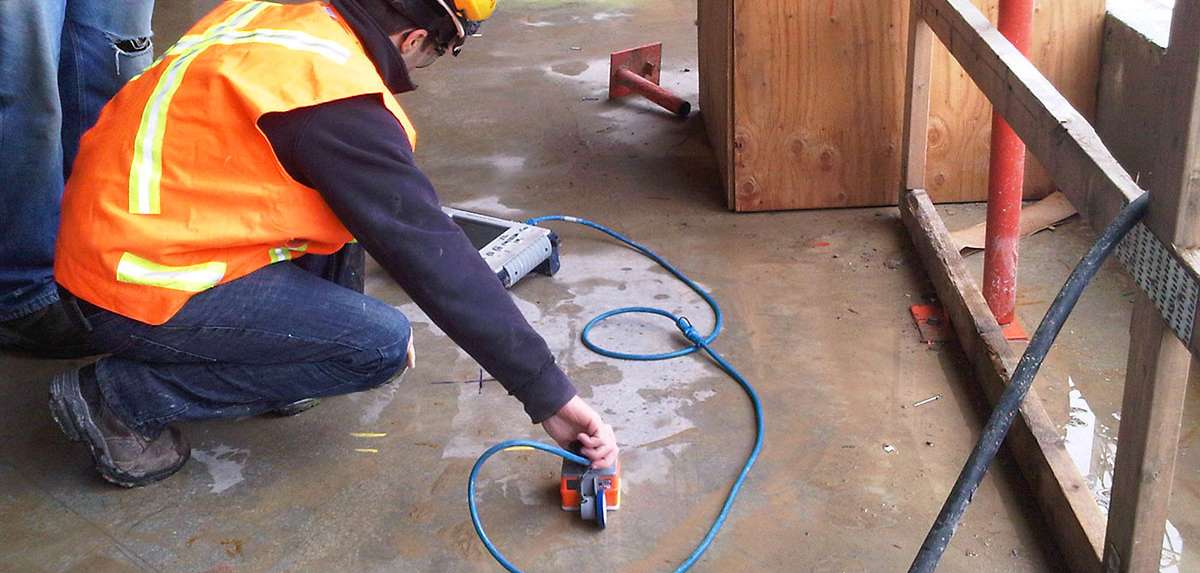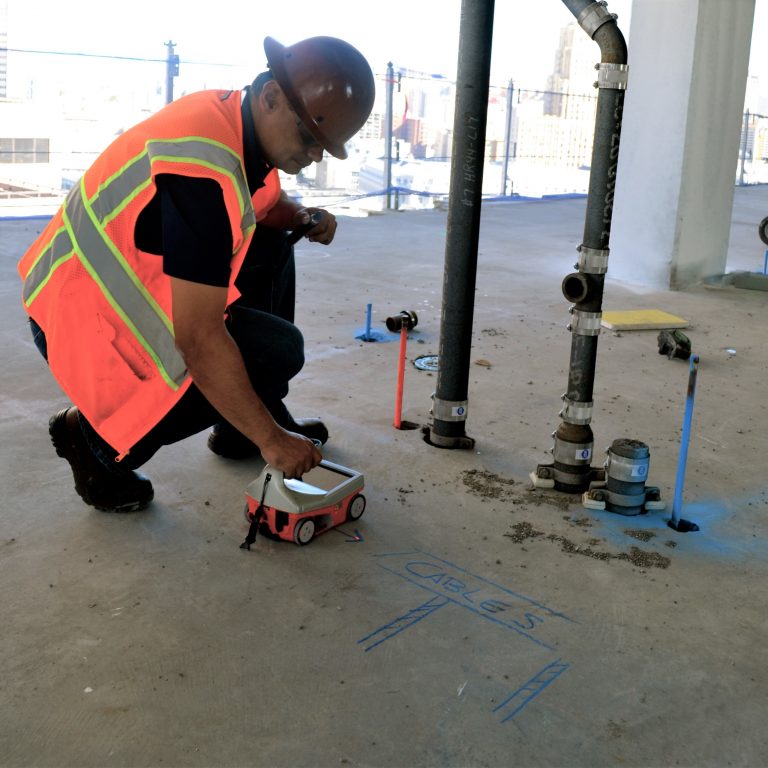Reveal the Transformative Power of Concrete Scanning in Taking Full Advantage Of Performance and Safety
Concrete scanning has become an important device in the building market, providing unmatched advantages in enhancing task efficiency and guaranteeing safety and security requirements. By making use of sophisticated innovation, concrete scanning allows experts to see beyond the surface, uncovering surprise intricacies that might impact the structural integrity of a building. The transformative power of concrete scanning depends on its capability to supply thorough understandings and real-time information, reinventing how projects are planned and implemented. As we dive right into the ins and outs of this innovative technique, a world of opportunities opens, showcasing a brand-new age of building practices that prioritize precision and safety.
Value of Concrete Scanning
Making sure the architectural honesty and safety of construction projects starts with the important action of carrying out complete concrete scanning. Concrete scanning is a non-destructive technique utilized to find and map subsurface aspects within concrete frameworks. This procedure is vital in recognizing possible hazards, such as rebar, post-tension cables, and conduits, that may be concealed within the concrete. By making use of innovative innovations like ground-penetrating radar (GPR) and electromagnetic induction, construction groups can precisely find these aspects without triggering any type of damage to the framework.
Additionally, concrete scanning assists in optimizing project timelines and spending plan by avoiding unanticipated costs and delays that might occur due to unanticipated obstructions within the concrete. Ultimately, investing in complete concrete scanning is a proactive technique that improves both effectiveness and safety in building tasks.
Just How Concrete Scanning Works
Concrete scanning runs as an important tool in building and construction jobs by utilizing advanced innovations to identify and map subsurface aspects without triggering architectural damages. Ground Permeating Radar (GPR) and Electromagnetic Induction (EMI) are 2 main methods utilized in concrete scanning.
Throughout the scanning process, the data accumulated is examined in real-time, allowing prompt identification of potential hazards or barriers under the surface. By utilizing these innovative technologies, concrete scanning substantially lowers the threat of expensive problems and injuries on building and construction websites.
Advantages of Concrete Scanning
Using sophisticated scanning innovations in building and construction projects offers a wide range of advantages, boosting both efficiency and security on-site. Among the key benefits of concrete scanning is the ability to spot and locate embedded things such as rebar, post-tension cables, and avenues accurately. By identifying these elements before drilling or cutting right into concrete frameworks, the risk of unexpected strikes is substantially lowered, protecting against potential injuries to workers and damage to the framework itself. In addition, concrete scanning helps in preparation and designing better, as it supplies exact information regarding the place and deepness of architectural components.

Study: Concrete Scanning Success

In an additional situation, a construction company utilized 3D concrete scanning to assess the condition of maturing concrete frameworks in a historic structure. The in-depth scans given important insights into the extent of wear and tear and helped focus on upkeep efforts efficiently. By proactively resolving areas of concern identified via scanning, the company had the ability to prolong the life expectancy of the framework and guarantee occupant safety and security.
These study emphasize the transformative power of concrete scanning in boosting effectiveness, accuracy, and safety in building and construction tasks.
Executing Concrete Scanning in Projects
Carrying out advanced scanning technologies throughout building jobs has actually ended up being progressively essential for boosting precision and safety. By integrating concrete scanning right into job planning and execution, building teams can recognize prospective hazards, such as rebar or post-tension cable televisions, concealed within concrete frameworks. This aggressive technique decreases the threat of crashes, hold-ups, and expensive rework, eventually leading to much more efficient job timelines and spending plans.
To execute concrete scanning successfully, job supervisors need to team up carefully with skilled scanning experts to establish the most Click Here appropriate scanning techniques for the specific project needs. Involving scanning professionals from the very early stages of a job allows the team to produce extensive scanning strategies that deal with vital locations of worry and make certain extensive data collection.
Furthermore, incorporating concrete scanning right into routine task process can improve decision-making procedures, as real-time scan information provides instant insights right into the condition of concrete structures - Concrete Scanning. This data-driven technique facilitates informed analytic and enables groups to make modifications without delay, promoting a culture of performance and safety throughout the job lifecycle

Verdict
In conclusion, concrete scanning plays a vital role in improving effectiveness and safety and security in construction projects. By making use of advanced technology to spot and map out underlying frameworks within concrete, this process aids to avoid expensive mistakes, make sure structural stability, and minimize risks on website. With the ability to reveal concealed elements and supply precise data, concrete scanning confirms to be a useful tool for maximizing job end results and making best use of general success.
Concrete scanning is a non-destructive technique made use of to find and map subsurface aspects within concrete structures. In addition, concrete scanning aids in optimizing project timelines and spending plan by staying clear of unforeseen prices and delays that might emerge due to unforeseen obstructions within the concrete. One remarkable situation study includes a massive restoration project where concrete scanning played a critical role in making certain job success.In another situation, a building and construction business used 3D concrete scanning to assess the condition of aging concrete frameworks in a historic structure. By integrating concrete scanning like this into project preparation and execution, building groups can identify possible dangers, such as rebar or post-tension wires, hidden within concrete frameworks.